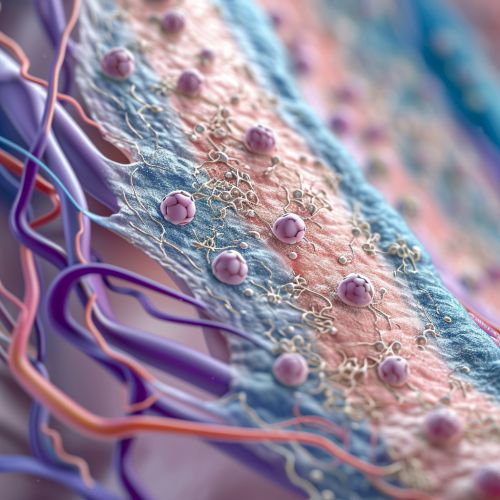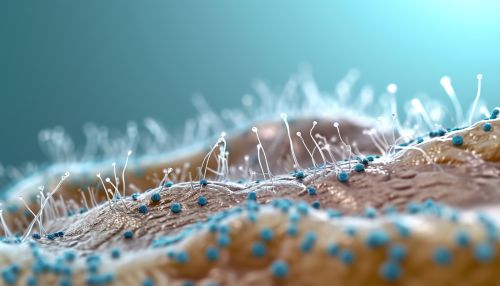Tactile Sensation in Animals
Introduction
Tactile sensation, also known as the sense of touch, is a fundamental aspect of animal perception and communication. It involves the detection and interpretation of tactile stimuli, which can include temperature, pressure, and vibration. This sense is mediated by a variety of specialized sensory receptors, known as mechanoreceptors, which are distributed throughout the body.
Mechanoreceptors and Tactile Sensation
Mechanoreceptors are a type of sensory receptor that respond to mechanical pressure or distortion. They are found in various types of tissues, including the skin, mucous membranes, muscles, and connective tissues. Different types of mechanoreceptors are specialized to respond to different types of tactile stimuli. For example, Merkel cells are slow-adapting mechanoreceptors that respond to sustained pressure and texture, while Pacinian corpuscles are rapidly adapting mechanoreceptors that respond to vibration and rapid changes in pressure.


Tactile Sensation in Different Animal Groups
Different animal groups have evolved unique adaptations to enhance their tactile sensation based on their ecological needs and environmental challenges.
Mammals
In mammals, tactile sensation is primarily mediated through the skin and hair. The density and distribution of mechanoreceptors vary greatly among different species and different parts of the body. For example, humans and other primates have a high density of mechanoreceptors in their fingertips, enabling precise manipulation and tactile exploration. On the other hand, many mammals such as cats and rats have whiskers, or vibrissae, which are highly sensitive to touch and vibration and play a crucial role in spatial navigation and prey detection.
Birds
In birds, tactile sensation is often associated with the beak and feet. The beak is used for a variety of tactile behaviors, such as foraging, preening, and nest building. Some bird species, such as the kiwi, have highly sensitive beaks that can detect vibrations and pressure changes in the soil, aiding in the detection of invertebrate prey.
Fish
In fish, tactile sensation is often mediated through the lateral line, a system of sensory organs that detect water movement and pressure changes. This system allows fish to detect predators, prey, and obstacles, and plays a crucial role in schooling behavior.
Insects
In insects, tactile sensation is mediated through a variety of sensory structures, including antennae, setae (hair-like structures), and tarsi (the tips of the legs). These structures are used for a variety of tactile behaviors, such as exploring the environment, detecting food, and communicating with conspecifics.
Tactile Communication
Many animals use tactile signals to communicate with conspecifics. This form of communication can convey a variety of information, such as social status, reproductive readiness, and individual identity. For example, social grooming, or allogrooming, is a common form of tactile communication in many mammalian species, serving both social bonding and hygiene purposes.
Tactile Learning and Memory
Tactile learning and memory involve the acquisition and retention of information through the sense of touch. This form of learning is crucial for many animals, enabling them to navigate their environment, locate food, avoid predators, and engage in social interactions. For example, rats use their whiskers to learn about the spatial layout of their environment, a process known as whisking.
Conclusion
Tactile sensation is a crucial aspect of animal perception and communication, mediating a wide range of behaviors and ecological interactions. Understanding the mechanisms and functions of tactile sensation can provide valuable insights into animal behavior, ecology, and evolution.
